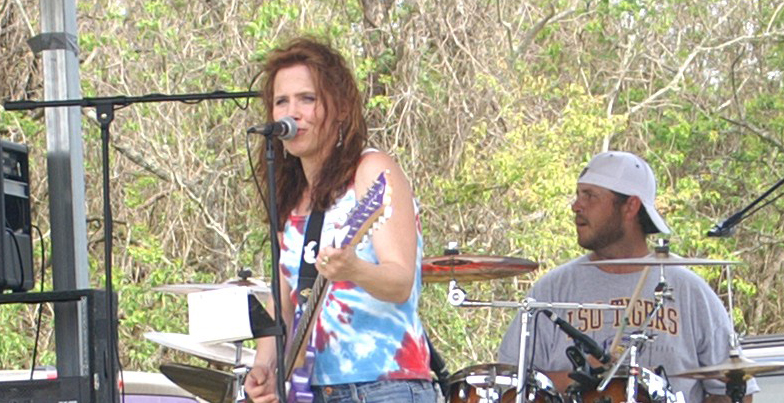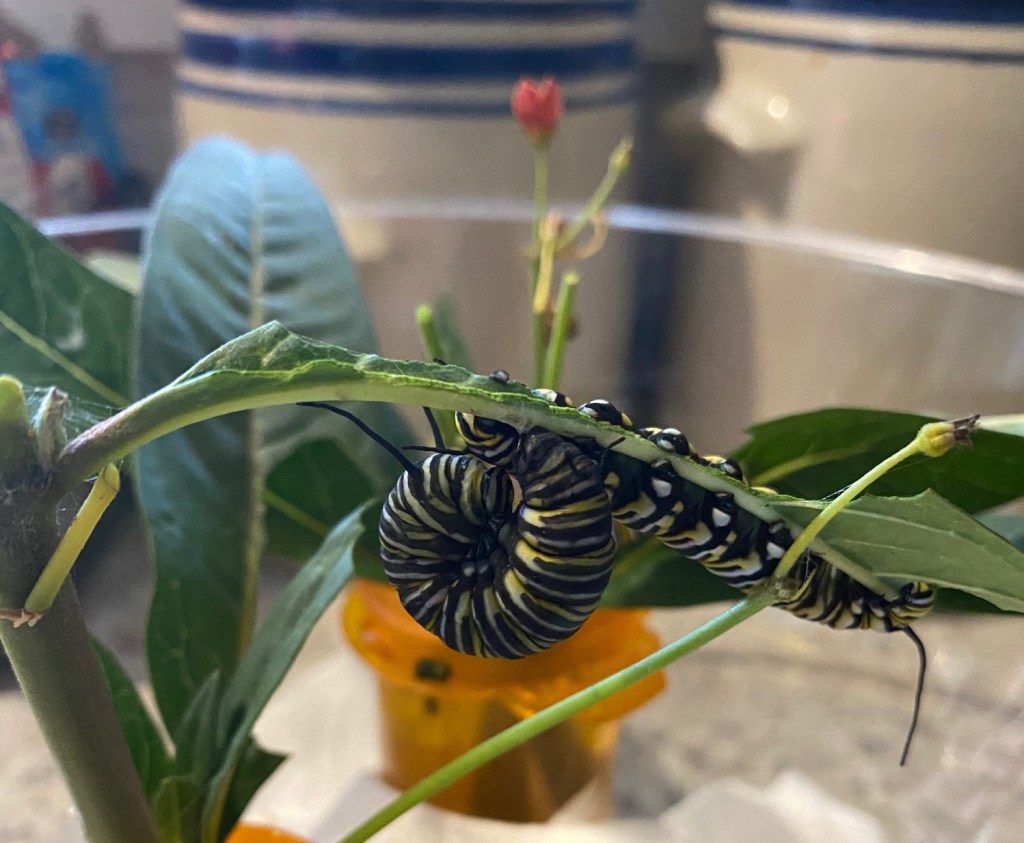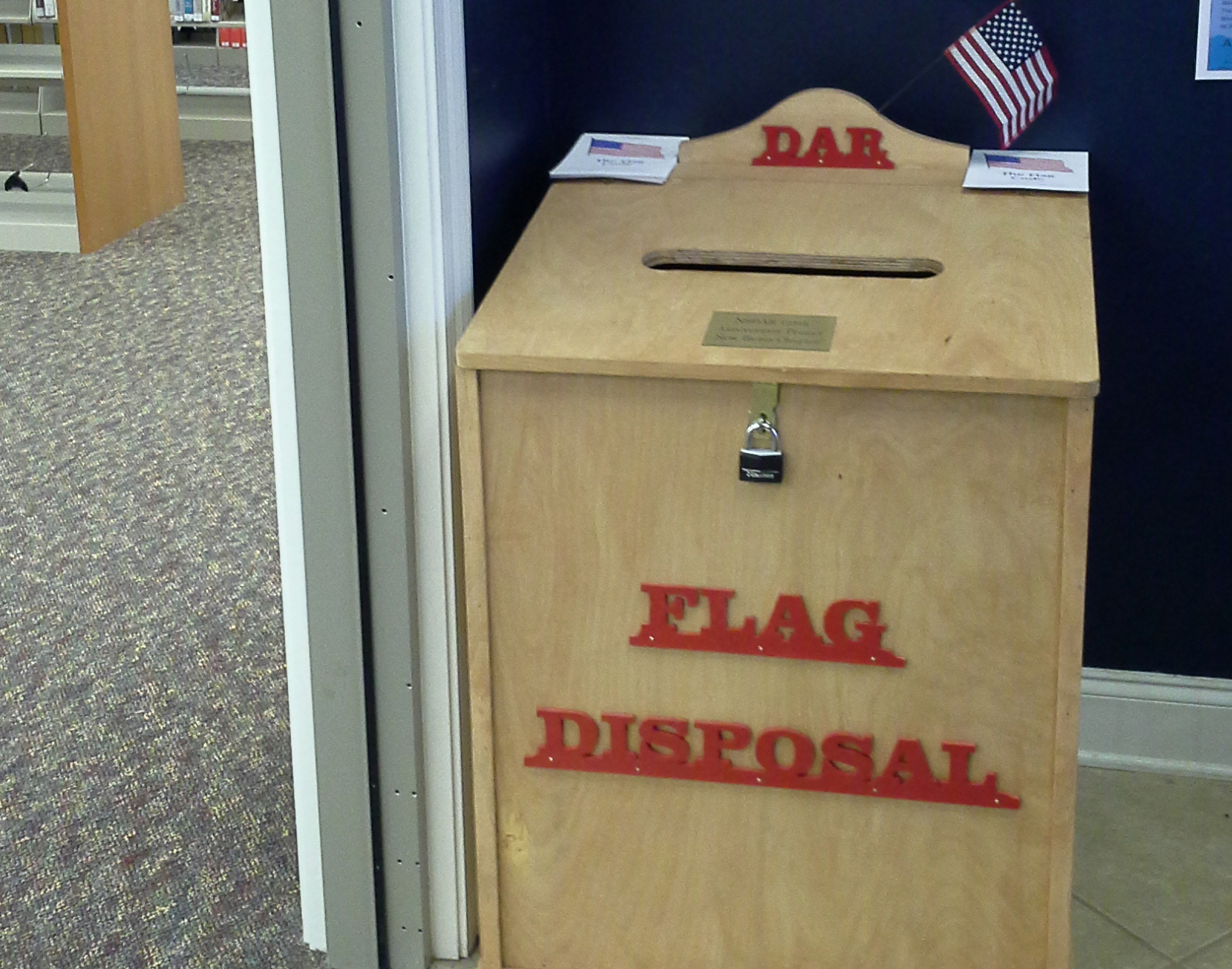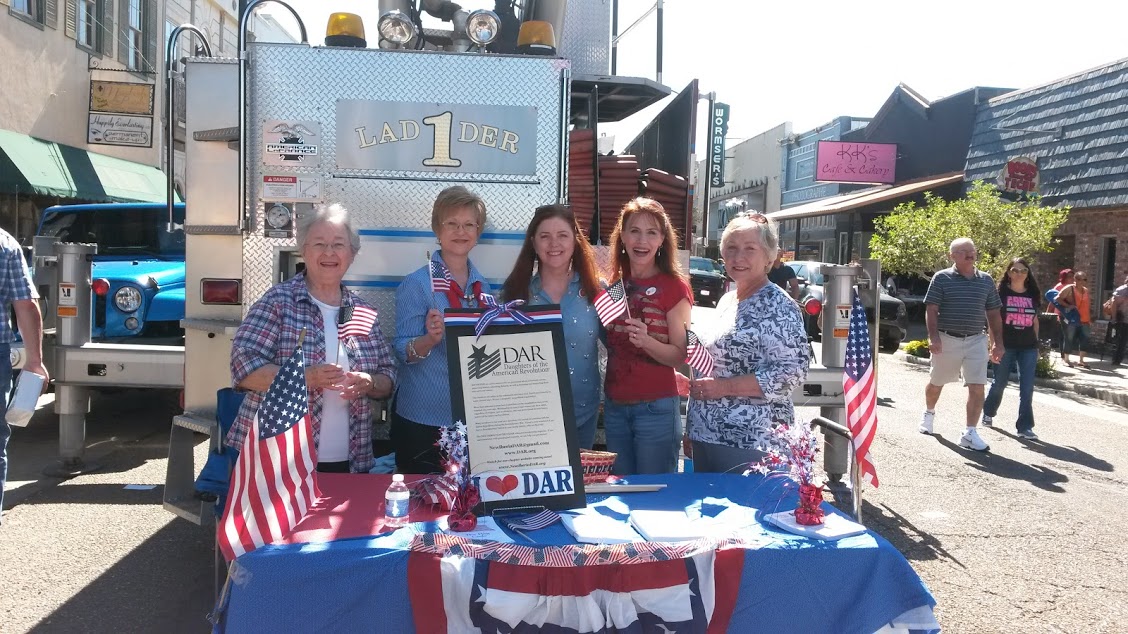Submitted to the DAR Women’s Issues Essay Competition. It received state honors (Louisiana). OK, Charlotte, here it is.
I suppose I’ve come to that “wise woman” part of my life, even though I don’t feel wise. I am a wife, mother, office manager for my family business, songwriter, and vocalist. I am occasionally asked for advice by young singers.
I tell them that a vocalist can never replace their instrument. If it gets damaged or broken, we can no longer sing – or we must find a way to deal with the damage.

This is the story of my own damaged instrument. Not my voice, but my ear. My advice to young vocalists has expanded to include: If you ever experience sudden hearing loss, it is a medical emergency. I tell them about the symptoms of Meniere’s Disease.
I juggled singing with job and family life. I sang with my blues band, at my church, at our local Jewish temple, and with my music partner in our Gospel duo. God makes each of us an instrument, and I did my best to learn to use and care for my musical instrument. Call me “Queen of the Earplugs;” I treasure my ears.

Earplugs don’t help with allergies, though. For years, I’d have occasional bouts of clogged ears and dizziness during high allergy seasons. One December day a few years ago, my ears clogged.
I thought it was allergies, or possibly I’d caught my husband and daughter’s virus. I had things to do at the office and two sick ones to care for. I knew what this was, took ibuprofen and antihistamines, but it got worse.
I couldn’t hear anything clearly in my left ear. While it had been several years since my last “spell,” I’d had a severe dizzy day recently, so I saw my ENT, who was familiar with my history. I expected the usual cortisone pack, but this time he looked at me with concern when I told him this had lingered for three weeks.
I knew from his expression that something was different this time. This should have run its course by now, he said. He prescribed cortisone and an antifungal.
“When will my hearing return?” I asked.
“Let’s wait and see what the medication does,” he replied.
I took what felt like a never-ending course of cortisone and Valtrex.
After a month of medication, Dr. Robert ordered an MRI. Fortunately, there was no tumor, but no answers either. I went to the audiologist for a baseline audiogram. There was nothing but noise and pain in my left ear. Results? My right ear was good, but my left ear showed a profound hearing loss. I took a copy of the report home, filed it away, and cried. I cried me a river, as the song says. How ironic.

I told only family and closest friends. I quit scheduling band gigs; even with earplugs jammed into my ears, I was afraid to take any chances. Meanwhile, a bizarre group of sounds had moved in where my hearing used to be: Tinnitus. In different keys. All at once.
Dr. Robert had told me that we needed to wait a year, as there was a chance that my hearing would return with time. Meanwhile, I had this invisible, sudden, crippling loss that I couldn’t even talk about or escape. After asking my husband to repeat something for the third time one evening, he voiced his frustration. “Are you DEAF?” he cried.
I fell apart.
“YES, I AM.” I replied. “In one ear. Half of everything I hear is GONE.” He felt terrible. So did I.
I began telling a few people about my loss. I was shocked at some of the responses.
“Well, I guess so, all that loud music you play!” A laugh. “I could have told you THAT was going to happen!”
Really? I’m the one wearing earplugs, remember? I have the small band that is known to be considerate of noise levels.
My response was anger. Then, there was the well-meaning advice about earwax, about this doctor, that diet, this treatment, etc. No, a cochlear implant would only destroy the way I hear music.
That year was one of adjustment, resignation, and hope. In many ways, I had to relearn to sing because I had to learn how to hear again. Our brains are wired for stereo, and that was lost to me. I quit going places where a large group of people gathered because I could no longer discern voices in a conversation. I quit going to movies and concerts and any live presentation because they were hard to follow. Everything was a wash of noise, coated with a blanket of anxiety and occasional panic.
I considered hearing aids, although I had no idea how to pay for them. We had two children in college. This was hope, though: One day, I can get hearing aids.
I longed to hear in stereo. I wanted the safety of knowing where a sound originated. If someone called my name, I had no idea of where to turn. I don’t know where a siren or horn is coming from in traffic.
I wanted to hear music in stereo.
When the year was up, I went back to Dr. Robert and the audiologist. I was hopeful, as Erica, the audiologist, had successfully fit my father with hearing aids. I was determined to put up with whatever adjustment was needed. Surely no hearing aid noise could be more obnoxious than tinnitus!
The testing was similar to a routine audiogram. Erica explained that the noise and sounds and speech I would hear in the headphones would be adjusted just as it would be with a hearing aid, so we would find out whether or not a hearing aid would help me.
Whether or not? I hadn’t realized there was a chance that this wouldn’t work.
Today’s hearing aid technology is phenomenal. From what I knew about audio engineering, the ability to adjust amplification of specific frequencies in a device so tiny was nothing short of a miracle.
Unfortunately, this miracle was not to be mine. No amount of amplification or adjustment made a difference – only physical pain. I sat in Erica’s office and sobbed as she held my hands and offered tissue, understanding, and honesty. The cilia, the microscopic hairs of the inner ear that enable us to hear, were dead. No diet, supplement, medication, procedure or technical device would restore them. I faced a life in monaural, but at least I had one functioning ear.
She also offered a tentative diagnosis: Meniere’s Disease. My decades-long history of periodic dizziness was a clue. I’d had several particularly violent dizzy periods in months preceding the hearing loss. During the worst dizzy periods, I always spun to the left. I had become so used to a dizzy period during high-allergy months that they just became a part of life, diagnosed previously as “Benign Peripheral Vertigo.”
I learned about Meniere’s Disease, and saw my history written in what I found. Dr. Robert’s suggestions to address the vertigo were basically the same as for Meniere’s, but I felt defeated as I learned that no one knows the cause of the illness, and there is no cure. My years of periodic spells, interspersed by periods of feeling normal, had a name. Interestingly, it affects more women than men, and the possible causes include infection, allergies, head injury, stress, fatigue, migraines, respiratory infection, and an autoimmune response. I wasn’t too surprised that women experience Meniere’s more than men. It usually affects one ear, but sometimes attacks both over time. I cannot dwell on that. It is critical for me to maintain my balance, and I mean that metaphorically as well as literally.

Balance.
It’s not always obvious that I have a hearing deficit, but an astute observer will notice. I’m getting better at lip-reading. In music, I seek the right position to hear what I need to hear in order to sing. In any group seating situations, I tell the person on my left “I’m deaf in this ear. If you say something and I don’t respond, it’s because I didn’t hear you.” I’ve learned to deflect the still-painful topic of hearing aids by saying “it’s a sensorineural hearing loss, which cannot be fixed by a hearing aid.” I’ve learned that such queries are usually out of concern.
I also tell others that sudden hearing loss is a medical emergency, even if you’ve had it before and you think “oh, allergies.” I also tell them about Meniere’s Disease.
On the positive side, the dizzy spells have mostly stopped; this, too, is typical of Meniere’s. As for singing, I’ve had to hyper-focus my sense of pitch, which has strengthened my vocals. I’ve heard of other vocalists who have experienced a similar hearing loss who have quit singing.
I can’t not sing. I have found a new way of listening, and a new way to focus on the experience of singing. It is a whole-body expression, as you must feel the vibrations and melody in your body. Your mind, throat, ear, mouth, lungs must know how the notes feel as well as how they sound. Perhaps it’s similar to the heightened sense of hearing that some vision impaired people have; I am partially deaf, so I have an enhanced sense of certain facets of singing that some take for granted.

How can I keep from singing? At a Women at the Well concert. Photo by Rev. Kemper Anderson, at St. James Church in Cedartown, Ga.
About three years into this journey, my music partner and I were preparing to go on a short tour of several churches in the mid-Atlantic states, performing our original Gospel program about Jesus’ women disciples. We had recorded several of the songs from the program, and I longed to re-record some vocals and add harmonies.
Singing overdub harmonies is a challenge when you have only one functional ear. I managed by notating the harmonies, placing the headphone behind my one good ear, and forging ahead in spite of fear deep in my soul. What if I couldn’t do it?
But I could, and I did. A few days later, after the vocals were mixed, we shared the tracks with a friend. Danny is a gifted pianist who tours worldwide and has done a lot of recording and harmony vocals. He knows of my hearing loss, and was floored when he heard the harmonies.
“That’s a miracle,” he said, “that you could do that.”
It is a miracle, and one for which I am profoundly grateful. I still ache over the loss, but on the other hand, I now sing more sacred music and chant. Sometimes frustration still rises to the surface. That’s when the words and music of the hymn How Can I Keep From Singing sustain me:
Through all the tumult and the strife, I hear the music ringing
It finds an echo in my soul. How can I keep from singing?















